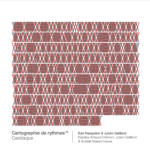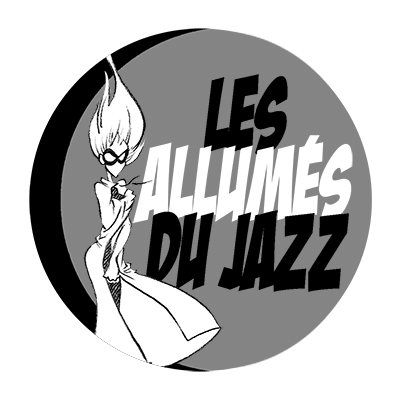Revue & Corrigée – Cartographie de rythmes #2
01-12-2023 Revue & Corrigée
extraits :

“First there’s Julien Gaillard’s voice, deep and timbred, more present in the room than if he were sitting next to you. Then there’s the intelligence of his lyrics, the immediate poetry of an agenda of desire and blood that deals with organic pulsations, hearts on the verge of breaking, diffuse malaise, hospitable anguish and
and wintry landscapes that breathe the daily melancholy of a Jacques Bertin lost in the world of Edward Hopper. Then there’s the music, which doesn’t accompany the voice but rather seems to slip between the phrases, holding them back or, on the contrary, urging them to run away. Finally, there is the permanent imbalance, as if silences had been cut or added to the editing of apparent errors of diction that make the text stutter, or the precise hesitation of instruments staggering to a supposed rhythm that we never perceive. In Vitesses approchantes (2021), the first album in the Cartographie de rythmes series composed by Karl Naegelen, percussionists Sylvain Darrifourcq and Toma Gouband played together, but to a different tempo played through the clicks of their respective headphones, resulting in strange psychoacoustic phenomena. Here, the principle is similar, but the dis-
parities act between the narrator’s voice and the sound of the two accompanying instruments.
We know that the delivery of a text obeys an internal pulse that allows it to be inscribed in time and can vary, sometimes, according to the intensity of the intentions. And it’s not uncommon for successive utterances of the same text to have the same duration, down to the second. Not content with moving at a different tempo to that of the spoken text, the music in Cardiaque never appears where you expect it to. In short, the beating of this heart refuses to be regular! The result is a curious sensation of vacillation. Julien Gaillard’s phrases progress logically until an incident breaks their intrinsic rhythm, and the singing and clarinet of Aurélie Maisonneuve and Fabrice Anaud-Crémon, which intervene at distinct moments, on precise words, influence the cadence of the
poem. Following the same path one after the other, the lines emitted by the two musicians flare out in frayed layers, become breathless in the exhalation of obsessive beats, pinpoint the narrator’s anxieties, or punctuate together or separately the silences placed between certain stanzas. The bass clarinet hesitates between timbre and sigh, wanders alongside the voice for a while, then scatters in the wind. Fabrice Arnaud-Crémon’s diphonic skills reveal the confusion caused by the veil covering the singer’s voice, and we gradually become aware of the imbalance existing between the three partners.
So when Aurélie Maisonneuve reads, as if in a mirror, an extract from the romantic novel to which the narrator refers, shortly before he makes a copy of a fake Leonardo da Vinci and then evokes the notion of retinal relevance, we understand that the mise en abyme and the vertiginous fall that accompanies it are what is at stake in this fundamental quest at the heart of imbalance… A recording based on research that grips you by its sheer beauty is not so common that you can do without it. But if it also makes you want to (re)read Sylvie by Gérard de Nerval and (re)discover the paintings of Gustave
But if it also makes you want to (re)read Sylvie by Gérard Nerval and (re)discover the paintings of Gustave Moreau, then you can add it to your list of must-haves, and be sure to catch a live performance of the third and most recent Cartographie de rythmes, with the same clarinettist alongside Elliot Aschard, Antoine Cauche and Mattieu Delaunay on cordoniums.” Joël PAGIER
![]()





